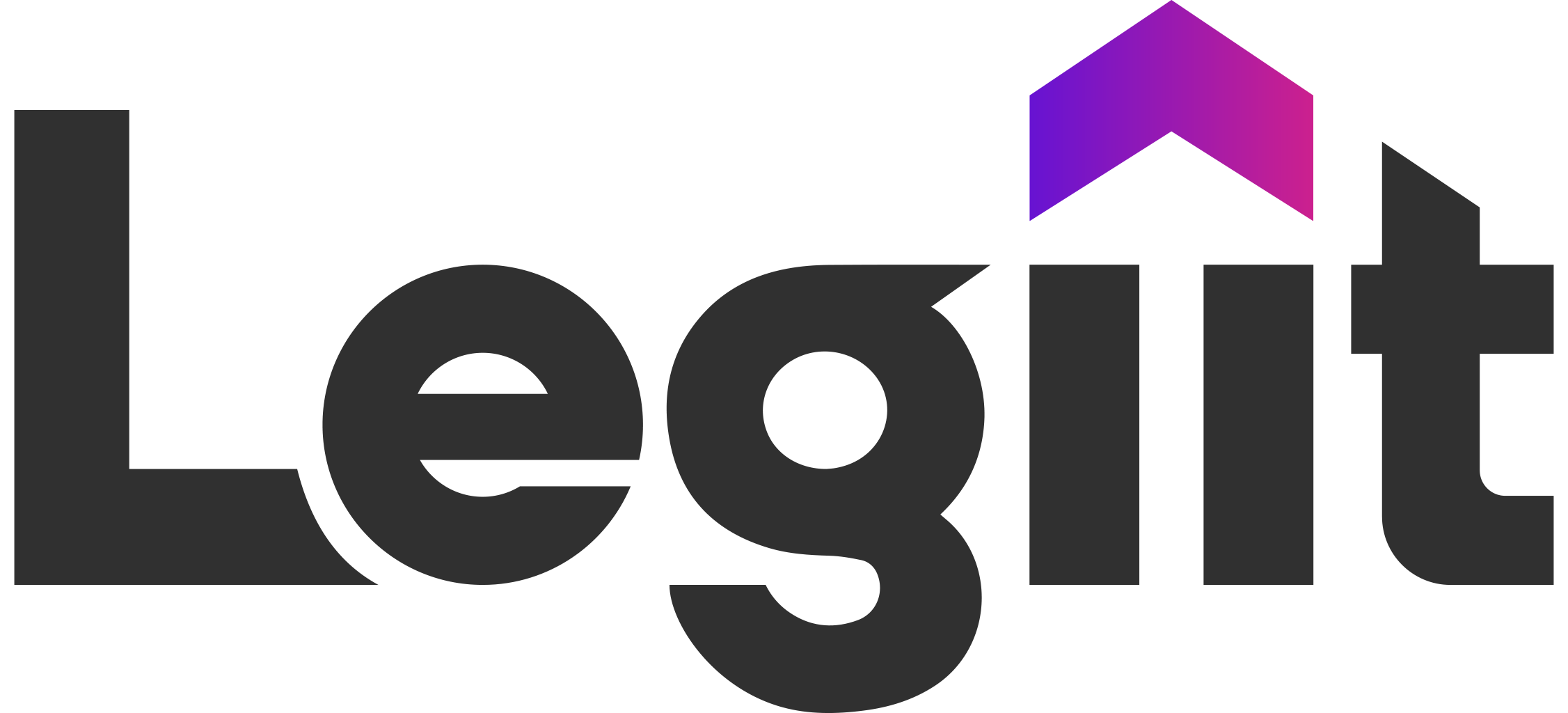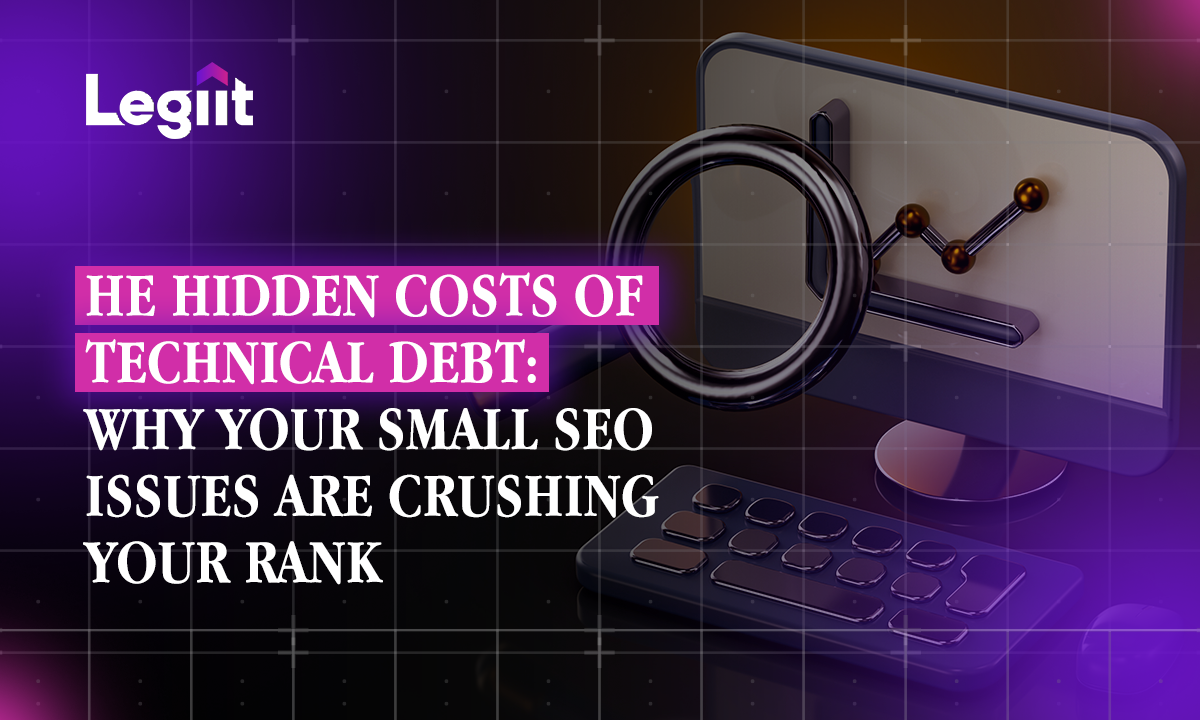Defining Your LinkedIn Marketing Goals and Target Audience
Creating a successful LinkedIn strategy starts with clear marketing goals. Think about what you want to accomplish on the platform. Common goals include increasing brand awareness, generating leads, or improving professional networking opportunities. Align these goals with your overall business strategy for the best results.
Next, it's key to understand your target audience. Take time to research and build profiles of your ideal customers, known as buyer personas. Consider factors like industry, job titles, company size, and location. This helps you create content and engagement strategies that speak directly to their needs.
B2B marketing on LinkedIn relies on building meaningful connections. Focus on genuine interactions instead of just transactions. Use insights from your audience analysis to shape your messaging in posts and direct messages.
Assessing Your Current LinkedIn Presence: Profile Optimization & Business Page Setup
Optimizing your LinkedIn profile is vital for enhancing your online presence and boosting brand awareness. Start with a professional photo that represents you well; this simple step can lead to more profile views.
For individual profiles:
- Profile Summary: Write an engaging summary that showcases your skills and achievements while including relevant keywords from your industry.
- Experience Section: Describe past roles using active language that highlights what you've achieved rather than listing tasks.
- Skills Endorsements: Ask colleagues or clients to endorse specific skills that matter in the B2B space.
When setting up business pages:
- Fill out all sections fully, including descriptions of services offered. Use images like logos or cover photos that match your branding.
- Regularly post engaging content about industry news or company updates; this keeps followers informed and improves visibility.
By enhancing personal profiles and business pages, you build a strong base for digital marketing strategies that create deeper connections within professional networks on LinkedIn.
Crafting a Winning LinkedIn Content Strategy
Content Pillars: Identifying Key Themes for Your LinkedIn Posts
Creating an effective LinkedIn strategy means finding key themes, or "content pillars," that matter to your audience. These themes should match your brand's goals and what your followers care about. Here are some themes to think about:
- Thought Leadership: Share your thoughts on trends and best practices in your industry. Being seen as a thought leader can help you gain brand awareness and attract new connections.
- Content Marketing: Talk about content marketing strategies that help businesses connect with their audiences. This might include tips on making great content or using analytics to check how well it's doing.
- Audience Targeting: Write posts about knowing and reaching your ideal customer profile (ICP). Show ways to figure out what they need and like.
- Industry Discussions: Join in on chats about current events or challenges in your field. This shows off your knowledge and invites others to join the conversation.
- User-generated Content: Ask followers to share their stories about your products or services. Sharing user-generated content builds community while showing real-life uses of what you offer.
Focusing on these pillars means each post has a clear goal—whether it's to educate, engage, or inspire action among readers.
Content Calendar: Planning Consistent & Engaging LinkedIn Content
Having a solid content calendar is key for posting consistently on LinkedIn. It helps organize digital marketing strategies by showing what’s coming up while keeping an eye on engagement metrics over time.
- Establish Posting Frequency: Choose how often you'll post—daily, weekly, or every other week—to keep people interested without overwhelming them.
- Diverse Formats: Plan different types of posts like articles, infographics, videos, polls, and images for various audience segments.
- Track Engagement Metrics: Look at which posts get the most likes, comments, and shares regularly so you can improve future content based on that info.
- Seasonal Relevance: Add timely topics related to holidays or major industry events into the calendar to make it more relevant.
- Flexibility: Allow space for spontaneous posts about trending discussions; this keeps the content feeling fresh and relatable.
A good content calendar boosts online visibility and strengthens your overall social media strategy effectiveness.
LinkedIn Profile Optimization: Keywords, Skills & Top Skills to List
Optimizing your LinkedIn profile is important for personal branding and improving online visibility for potential clients or employers checking profiles similar to yours:
Keywords: Use keywords throughout your profile—especially in the summary section—that show skills needed by employers looking for candidates like you.
Skills Section:
- Focus on hard skills specific to job roles you're interested in (like project management software).
- Include soft skills like communication skills which are valued across many industries.
- Aim for endorsements from coworkers who recognize these skills; they add credibility.
Top Skills Listing:
- Highlight three core competencies that fit with desired roles (like data analysis).
- Update skills regularly based on changing career goals to match market needs.
An optimized profile opens up chances for professional growth while helping recruiters find you through search queries matching their requirements.
Creating Engaging LinkedIn Posts: Visuals, Text & Storytelling
To make engaging LinkedIn posts, you need a mix of visuals, clear text, and storytelling. Each part is important to grab attention and spark interaction.
Visual content for LinkedIn really helps boost engagement. Posts with images or videos get more likes and shares than those with only text. Use good-quality visuals that connect with your audience's interests. Infographics are also great for sharing information quickly and clearly.
When it comes to text, keep it simple and to the point while providing valuable insights. Start with an interesting question or statement to catch curiosity. Use storytelling by sharing your personal experiences or real case studies related to your industry. This makes the content more relatable and adds a human touch.
Don’t forget about user-generated content! Encouraging followers to share their experiences can create a community around your brand, which leads to even more engagement.
Boosting LinkedIn Post Engagement: Interaction and Community Building
To increase engagement on LinkedIn, focus on building strong relationships in the professional community. Knowing who you want to reach is key; consider their industry and job roles.
Interaction is essential for visibility in feeds. Respond quickly to comments on your posts, ask open-ended questions to encourage discussion, and engage thoughtfully with other people's content.
Building a community is more than just interacting; it’s about keeping connections alive through regular communication and support among peers in your field. Share helpful articles from other leaders as well as your own posts that offer value.
Keep an eye on engagement metrics to refine your strategies over time—track likes, shares, comments, and follower growth regularly to understand what resonates most with your audience.
Leveraging LinkedIn Groups for Targeted Reach
LinkedIn groups are useful tools for connecting with specific audiences within different niches or industries. Joining the right groups gives you access to discussions where you can share helpful insights without pushing your agenda too much at first.
Be active! Answer questions from group members or kick off conversations about trending topics. This builds your authority while inviting connection requests from others who appreciate thoughtful input.
Networking through these groups allows for deeper relationship-building beyond just making connections. They encourage meaningful discussions that could lead to collaborations later on.
Driving Traffic and Generating Leads on LinkedIn
Driving Traffic to Your Website Using LinkedIn: Links, Landing Pages & CTAs
To drive traffic to your website using LinkedIn, you need a solid digital marketing strategy. This includes using links, landing pages, and clear calls-to-action (CTAs). First, share valuable content that your audience finds interesting. This could be articles, infographics, or videos related to your field. Make sure every piece of content has links directing users back to your website.
Landing pages are super important too. Make them attractive and easy to understand. They should clearly explain the benefits of what you're offering. Add forms for visitors to sign up for newsletters or download helpful resources. This helps capture leads from the traffic coming in from LinkedIn.
Don’t forget about effective CTAs in your posts and profiles! Use phrases like "Learn More," "Download Now," or "Get Started." These phrases encourage users to take action. Make it clear what users will gain by clicking the links.
Audience targeting is crucial when driving traffic through LinkedIn. Use the platform's analytics tools to see who interacts with your content most often. Use these insights to create posts that speak directly to those audiences.
LinkedIn Lead Generation Strategies: Content Marketing & Networking
When it comes to lead generation on LinkedIn, strong content marketing and smart networking are key. Create high-quality content that shows off your expertise and builds trust with your audience. Share insightful articles about trends or challenges in your industry—this makes you look like a thought leader.
Networking is just as important for finding leads online. Connect with people in your field using personalized invitations instead of generic ones. This helps build real relationships from the start. Engage in groups related to your industry—join discussions and offer helpful advice without promoting yourself too much at first.
Also, managing your online reputation is essential. Being professional in all interactions boosts your credibility among peers and potential clients alike.
Consider using relationship-building tactics such as hosting webinars or live Q&A sessions where attendees can learn more about relevant topics while interacting with you directly. This not only strengthens existing connections but also attracts new followers looking for guidance on business development and customer acquisition through social media platforms like LinkedIn.
Combining effective content marketing with active networking tailored towards lead generation goals ensures success on this leading professional network—helping grow business opportunities over time!
Understanding LinkedIn Advertising and SEO Services
Understanding LinkedIn Ad Campaigns: Targeting, Budget & Performance Metrics
LinkedIn ad campaigns are great for businesses wanting to reach a professional crowd. They let companies promote their products or services in many ways, like through sponsored updates and text ads.
Audience Targeting: One big plus of LinkedIn ad campaigns is audience targeting. You can define who sees your ads based on things like job title, industry, company size, location, and skills. This helps make sure your message goes to the right people who are likely to be interested.
Budget Management: Setting a budget is key for your LinkedIn ad campaign. You can pick between cost-per-click (CPC) or cost-per-impression (CPM) models based on your marketing goals. Keep an eye on your spending and change bids based on how well the ads perform to get the best return.
Performance Metrics: To see how successful your campaigns are, look at engagement metrics such as click-through rates (CTR), impressions, likes, shares, and comments. Conversion tracking shows how many leads or sales come from your ads. Checking these metrics helps you refine future marketing strategies by showing what works best.
Optimizing Your LinkedIn Presence for SEO: Keywords, Content & Profile Optimization
To boost online visibility with effective LinkedIn strategies, it’s important to optimize content and profiles using specific keywords related to your industry.
Profile Optimization: Start by creating a strong profile that showcases your skills while using targeted keywords throughout sections like the headline, summary, and experience descriptions. A well-optimized profile not only improves searchability but also builds credibility among others in your field.
Content Marketing Strategies: Regularly sharing helpful content about industry trends shows authority in your niche while increasing brand awareness. Use relevant hashtags and engaging visuals along with quality posts—like articles or infographics—to enhance interaction rates.
By focusing on these areas—profile optimization alongside strong content marketing strategies—you help yourself stand out in search results and build meaningful connections on the platform.
Measuring Results & Refining Your LinkedIn Strategy
Analyzing LinkedIn Analytics: Key Metrics & Performance Tracking
To create a strong LinkedIn strategy, you need to use analytics for LinkedIn. This means looking at important metrics that show how your content is doing and how engaged your audience is. Here are some areas to focus on:
- Engagement Metrics: Keep an eye on likes, comments, shares, and other ways people interact with your posts. More engagement means people find your content interesting and useful.
- Audience Insights: Look at who engages with your posts. Check demographics like job titles, industries, and locations. This helps you make future content that fits their needs better.
- Conversion Tracking: Track how many connections or leads come from specific posts or campaigns. Using tools like UTM parameters can help you see traffic from LinkedIn to your site.
Regularly checking these metrics through the platform's analytics tools helps you understand what works best for your audience so you can change things up when needed.
Iterating Your LinkedIn Strategy: Adapting to Changes & Optimizing Results
A strong LinkedIn strategy is not set in stone; it should change based on what the data shows. As trends in digital marketing strategies shift, your approach on LinkedIn should follow suit.
- Content Performance Analysis: Look at which types of posts get the most attention—whether it's articles, videos, or infographics. Replicate what works well while trying out new ideas.
- Consistency in Posting: Set a posting schedule that keeps you visible without annoying followers. Regular updates help build trust and familiarity among connections.
- Relationship Building: Engage with others by commenting on their posts or sharing helpful insights related to their content. This boosts your visibility and helps build real professional relationships.
By adjusting quickly based on performance tracking, you'll meet the changing needs of your audience and maximize your brand's presence on LinkedIn.
FAQs About Effective LinkedIn Strategies for Business Growth
1. What is the best way to use LinkedIn for lead generation?
Using LinkedIn for lead generation involves creating targeted content and engaging with your audience. Focus on sharing valuable insights and connecting with decision-makers in your industry.
2. How can I improve my profile for LinkedIn SEO?
Optimize your LinkedIn profile by using relevant keywords in your summary and experience sections. Include skills that reflect your expertise to enhance visibility.
3. What are effective LinkedIn ad campaigns?
Effective LinkedIn ad campaigns utilize sponsored updates and targeted ads. Define your audience, set a budget, and measure performance metrics to refine your approach.
4. How can I build professional networks on LinkedIn?
You can build professional networks by actively participating in discussions, joining groups related to your industry, and connecting with peers through personalized invitations.
5. What is the role of content creation in a LinkedIn growth strategy?
Content creation plays a crucial role in a LinkedIn growth strategy. Regularly posting insightful articles or engaging visuals helps increase brand awareness and drive engagement.













 Download
Download